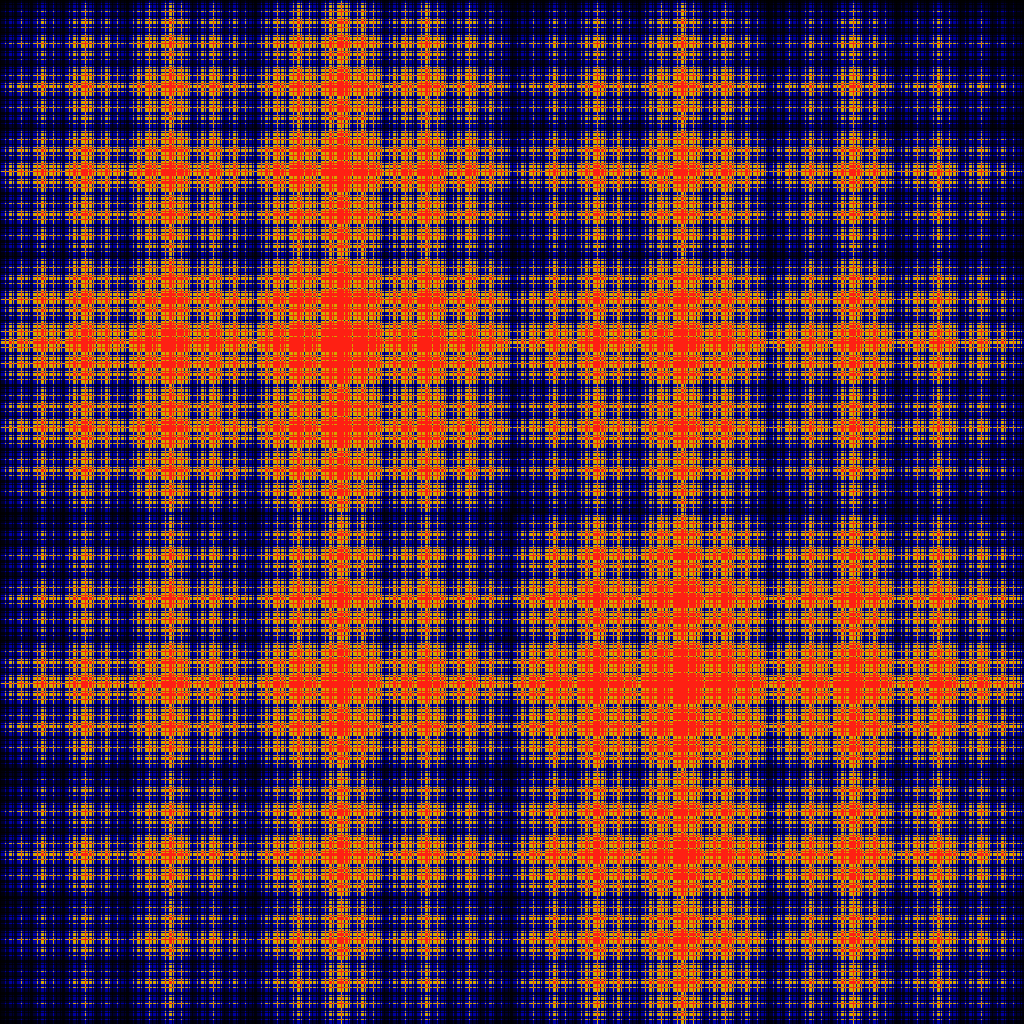Advanced Statistical Physics
Statistical physics describes interacting systems of many degrees of
freedom. Tools and concepts of statistical physics find application
in condensed matter physics, but also far
beyond the traditional realm of physics, in the modeling of
biological, economic or social systems.
This lecture course covers the basic tools of modern statistical
physics as well as the required mathematical apparatus.
- stochastic systems: the master equation
- the Boltzmann measure, variational principles and mean-field theory
- Landau-Ginzburg theory and fluctuations
- lattice models: exactly solvable systems in one and two dimensions; high- and low-temperature expansion
- renormalisation
- disordered systems
- diffusion and growth processes
Schedule
Lectures: Tuesday 14:00-15:30 and Wednesday 10:00-11:30 in lecture
theater III
First lecture 11.10 14:00 in lecture theater III
Exercises: Monday, 16:00-17:30 seminar room of Physics Institute I
In order to enable students to attend both the lecture series "Stochastic Processes" by Prof. Krug and this lecture series,
Prof. Krug has shifted the times of his lectures to Monday 12:00 and Tuesday 12:00 (theoretical physics conference room).
Exam: Lecture theatre 1, 07.02.2012 at 13.00. Retake: Lecture theatre 2, 03.04.2012 at 14.00
First lecture 11.10 14:00 in lecture theater III
Exercises: Monday, 16:00-17:30 seminar room of Physics Institute I
In order to enable students to attend both the lecture series "Stochastic Processes" by Prof. Krug and this lecture series,
Prof. Krug has shifted the times of his lectures to Monday 12:00 and Tuesday 12:00 (theoretical physics conference room).
Exam: Lecture theatre 1, 07.02.2012 at 13.00. Retake: Lecture theatre 2, 03.04.2012 at 14.00
Exam
Initials of the candidates that have passed the exam are
MBae,THe,AS,SB,MS,BZ,FW,GB. For details on grades, etc. come to the
ITP conference room on Friday 2.3, 15:00. Initials of the candiates
who have passed the second exam are FW,IK,MS,MH,SD. Email me about
detailed grades.
Literature
J. Cardy, Scaling and Renormalization in Statistical Physics,
Cambridge University Press
N.G. van Kampen, Stochastic Processes in Physics and Chemistry, North Holland
M. Kardar, Statistical Physics of Fields, Cambridge University Press
M. Plischke and B. Bergersen, Equilibrium Statistical Physics, World Scientific A.-L. Barabasi and H. E. Stanley, Fractal Concepts in Surface Growth, Cambridge University Press
Gerold Busch has taken notes during the lecture course. His notes are available for download here.
N.G. van Kampen, Stochastic Processes in Physics and Chemistry, North Holland
M. Kardar, Statistical Physics of Fields, Cambridge University Press
M. Plischke and B. Bergersen, Equilibrium Statistical Physics, World Scientific A.-L. Barabasi and H. E. Stanley, Fractal Concepts in Surface Growth, Cambridge University Press
Gerold Busch has taken notes during the lecture course. His notes are available for download here.
The picture above, created by Linas Vepstas, visualizes the Boltzmann measure for the one-dimensional Ising model of 10 spins.
Each pixel represents one configuration, see here for details and licensing.
